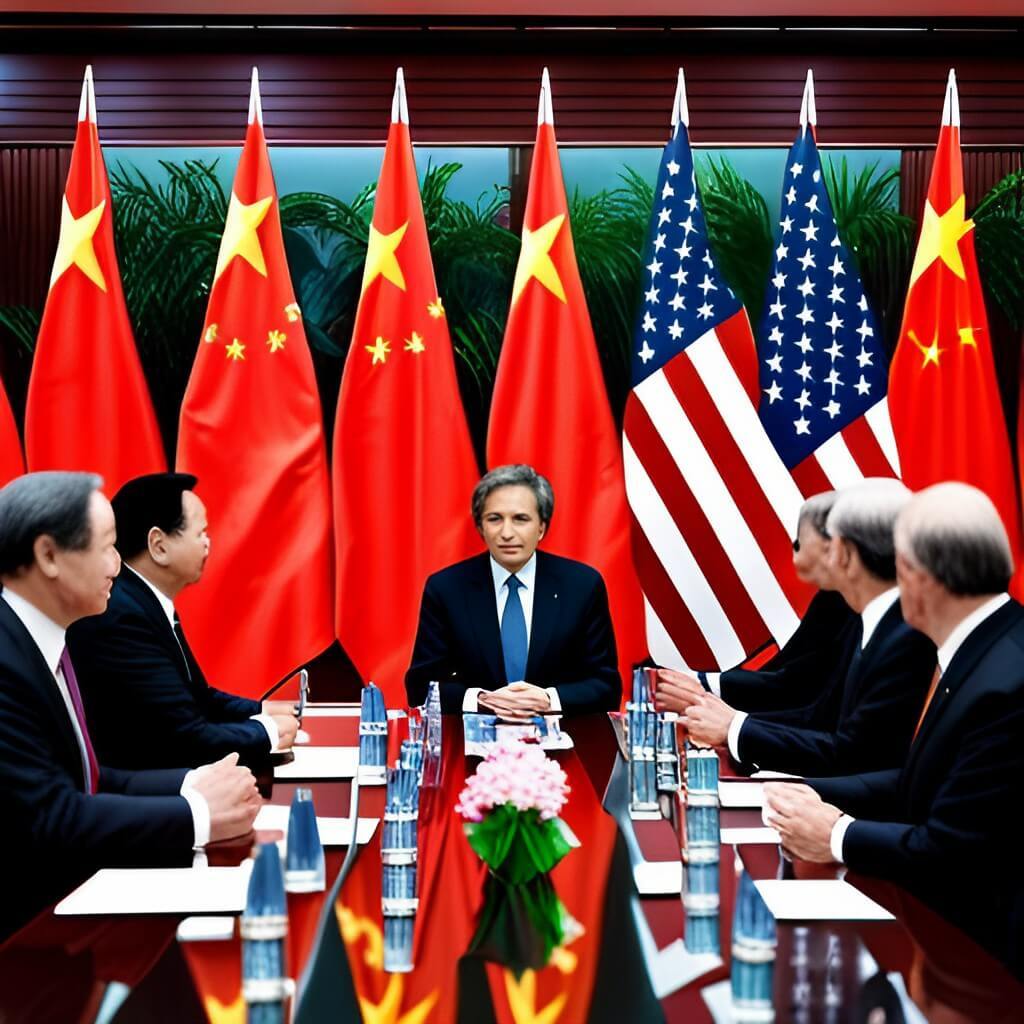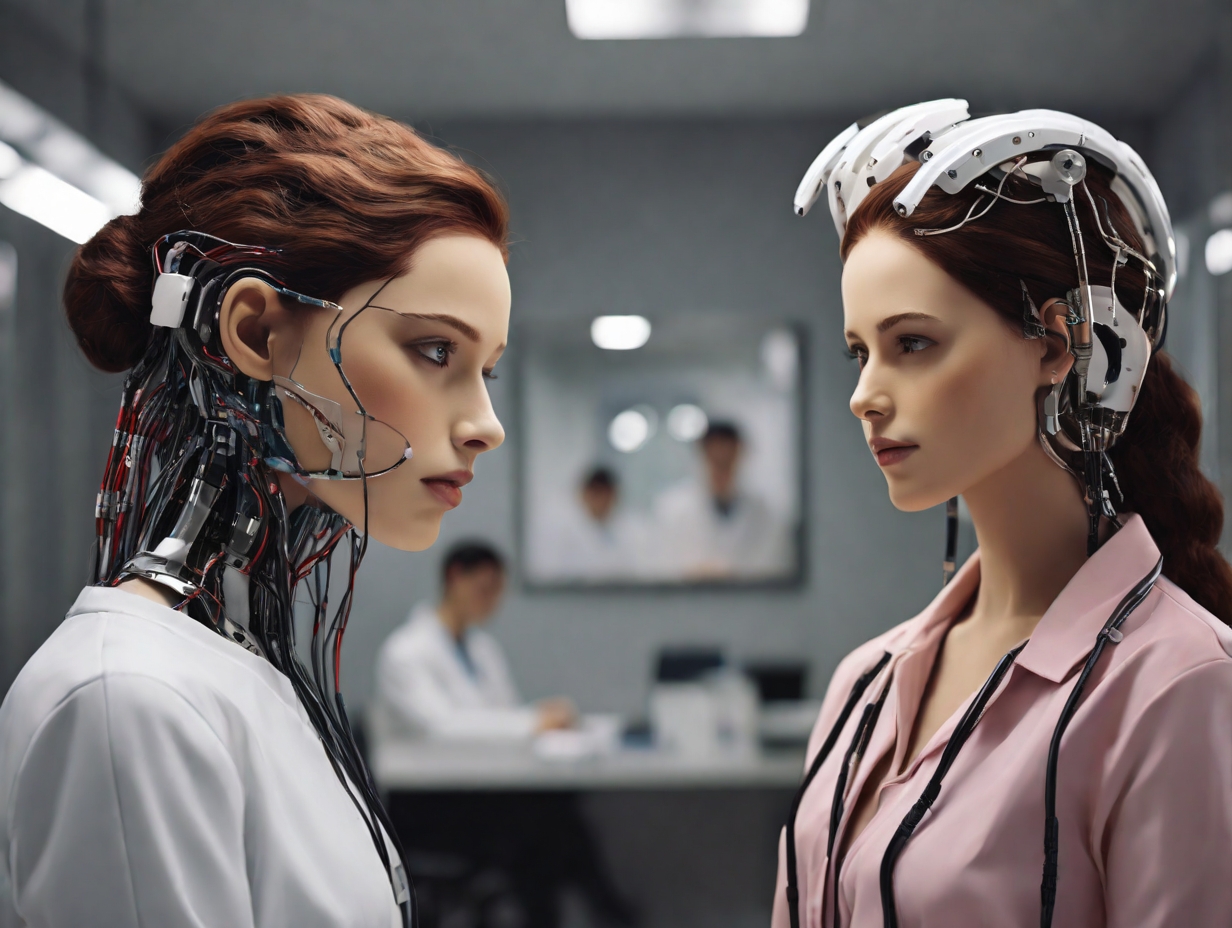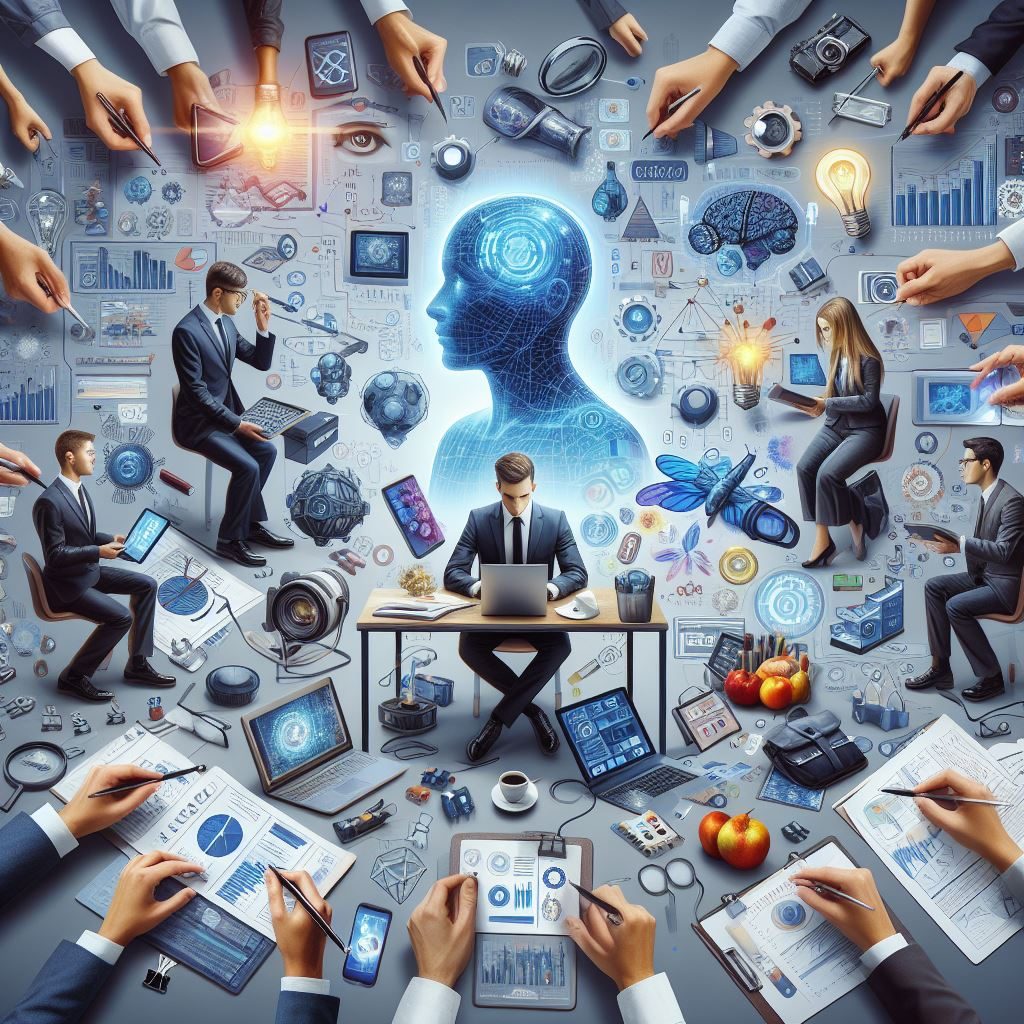The rapid advancement of Generative AI (GAI), often referred to as GenAI, has ignited a contentious debate surrounding copyright laws and their ability to adapt to the ever-evolving digital domain. In a world where technology is reshaping the way content is generated and consumed, the age-old struggle between protecting intellectual property and promoting innovation in the field of GenAI and copyright is once again at the forefront. The clash between creators, the public’s thirst for information, and the enigmatic power of GAI is shaping the future of copyright law in ways never before imagined.
The shifting copyright scenario
Copyright law, as enshrined in the U.S. Constitution, was designed to foster progress in science and the arts by granting authors exclusive rights to their creations. But, the rise of GAI has blurred the lines of this exclusivity, presenting a significant challenge for the entertainment industry and copyright advocates.
For traditional works, copyright protection primarily extends to the reproduction, distribution, and creation of derivative works. Yet, GAI, driven by algorithms, scrapes information from public sources and generates content without directly copying, making it difficult to ascertain copyright infringement.
According to legal experts, proving copyright infringement by AI requires demonstrating that it has substantially borrowed from an author’s work. GAI treads the line cleverly, emulating rather than copying, making it a formidable opponent for copyright claims. In essence, litigation’s value may be overestimated in this rapidly evolving digital context.
Understanding the complex fair use doctrine
The fair-use doctrine, designed to prevent rigid copyright application, has become a contentious battleground, especially in the context of GAI. This doctrine, while crucial, lacks clarity and is highly fact-specific, complicating its application.
Precedents set before the advent of GAI, such as the Authors Guild v. Google case in 2015, suggest that fair use may extend to the ingestion and processing of books by AI. In this case, Google’s digitization of books without consent was deemed transformative and served a different purpose than the original works.
But, recent developments, such as the Andy Warhol Foundation for the Visual Arts v. Goldsmith case in 2023, have raised questions about fair use. The Supreme Court’s decision highlighted the challenge when an original work and its copying share similar purposes, potentially risking substitution for the original. This ruling has put AI-generated content under scrutiny, as it questions the economic harm caused by devaluing human-created works.
Ultimately, the tension between GAI and copyright hinges on a case-by-case determination of substantial similarity. Courts find themselves engaged in a delicate balancing act between safeguarding free expression and protecting the rights of creators. The outcome of these legal battles will help define the future of creative control and intellectual property in the digital age.
Defining the GenAI and copyright ecosystem
The conflict between GAI and copyright is far from resolution. While the publishing industry harbors legitimate concerns about the impact of AI on their livelihoods, they also possess the power to shape AI’s future direction. This can be achieved through active lobbying for legislation, licensing content for AI training, and even creating bespoke AI models with curated data sets.
In this evolving scenario, publishers must play a pivotal role in discussions about the credibility of AI-generated information, attribution, bias mitigation, compensation for creators, and transparency in AI processes. As the battle between GAI and copyright continues, the industry’s resilience, combined with strategic actions, can safeguard the value of authors’ brands and publishers’ imprints in an age dominated by technological disruption. To borrow a phrase, “Where it’s going, no one knows,” but the industry can chart its course towards a future that balances innovation and protection of creative works.





